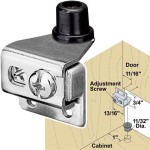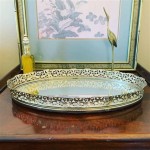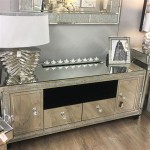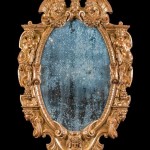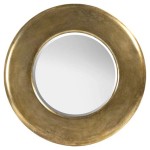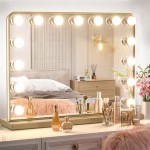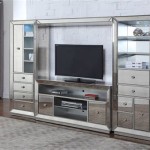How to Make an Antique Mirror
The allure of antique mirrors lies in their unique, aged appearance, characterized by subtle imperfections and a distinctive patina. This effect can be replicated through various techniques, allowing individuals to create decorative pieces with a vintage charm. This article will explore several methods for achieving this antique look.
One of the most popular methods involves using a chemical solution to create a speckled, aged appearance on the mirror's surface. This technique requires careful handling of potentially hazardous materials and should be performed in a well-ventilated area with appropriate safety precautions, including gloves and eye protection. The process begins with thoroughly cleaning the mirror surface with glass cleaner and ensuring it is completely dry.
A variety of chemical solutions can be employed, ranging from commercially available antiquing solutions to homemade mixtures. Common ingredients in these solutions include hydrochloric acid, muriatic acid, or vinegar, which react with the silver backing of the mirror. Slight variations in the solution's composition, application method, and exposure time contribute to the uniqueness of each antique finish. The solution is typically sprayed onto the mirror surface in a light, even mist. Some techniques utilize multiple layers for a more pronounced effect. The chemical reaction creates the desired aged appearance by causing controlled deterioration of the reflective backing.
Once the desired effect is achieved, the chemical reaction must be neutralized. This is often done by rinsing the mirror thoroughly with water. After neutralizing, the mirror should be allowed to dry completely before applying a sealant. A sealant, such as a clear varnish or lacquer, protects the antiqued surface and prevents further deterioration.
Another method for antiquing mirrors involves applying a layer of paint to the back of the mirror. This technique allows for a more opaque, distressed look. The type of paint used can influence the final effect. Chalk paint, milk paint, and acrylic paints are commonly used due to their versatility and ease of application. Before painting, the mirror surface should be cleaned and primed for optimal paint adhesion. Various techniques, such as dry brushing or layering different colors, can be utilized to create a textured, aged appearance.
Once the paint has dried, a layer of sealant can be applied for protection and to enhance the antique effect. This technique allows for greater control over the final color and opacity of the antique finish compared to the chemical etching method. It also offers a safer alternative for those who prefer to avoid working with harsh chemicals.
A third approach utilizes a combination of paint and chemical etching. This technique offers a broader range of aesthetic possibilities. By first applying a layer of paint to the back of the mirror, one can create a base color or pattern. Subsequently, a chemical etching solution is applied to the exposed areas of the mirror’s silver backing. This combined method produces a more intricate and layered antique effect, allowing for unique variations in color and texture.
Regardless of the chosen method, careful attention to detail is crucial throughout the process. Experimentation with different techniques and materials is often key to achieving the desired antique finish. Factors such as the type of mirror, the ambient temperature, and the application technique all play a role in the final outcome.
Creating an aged look with mirroring also includes considering the frame. An antique frame complements the antiqued mirror surface and enhances the overall vintage aesthetic. Alternatively, a modern frame can create a striking juxtaposition with the antique mirror. The choice of frame depends on the overall design aesthetic desired.
Beyond the aforementioned methods, various other techniques can contribute to creating an antique mirror effect. Crackle mediums can be applied to create the appearance of crazed glass. Applying a thin layer of tinted varnish can add a subtle aged hue. Strategically placed spots of black paint can mimic the look of age spots often found on antique mirrors.
Safety precautions should be prioritized throughout the antiquing process. Adequate ventilation is essential, especially when working with chemical etchants. Appropriate personal protective equipment, such as gloves and eye protection, should always be worn. Following manufacturer instructions and safety guidelines for all materials used is paramount. With careful planning and execution, anyone can transform an ordinary mirror into a beautiful, antique-inspired piece.

How To Antique A Mirror Tutorial Jenna Sue Design

How To Antique A Mirror Tutorial Jenna Sue Design

How To Antique A Mirror Easy Diy Tutorial

How To Antique A Mirror Tutorial Jenna Sue Design

Diy Antique Mirror Easy To Do And Looks Authentic My Creative Days

How To Antique A Mirror Easy No Scratching The Navage Patch

How To Antique A Mirror Tutorial Jenna Sue Design

How To Antique Mirror Using Paint Stripper And Bleach Decor Adventures

How To Antique A Mirror Tutorial Jenna Sue Design

Anthropologie Inspired Diy French Gold Mirror So Much Better With Age

